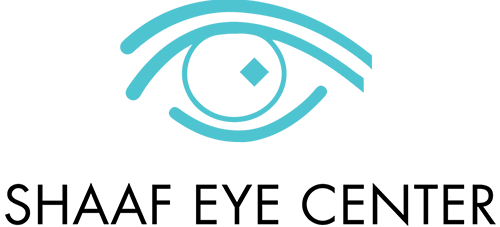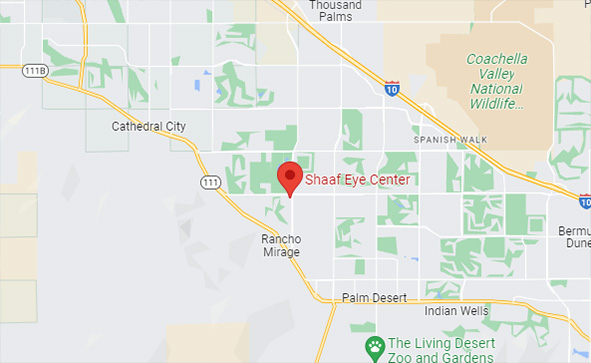Age-related macular Degeneration, Cataract, Comprehensive Eye Exam, Dry Eye, Glaucoma, Patient Education

Your 40s are a time of growth, new opportunities, and exciting life changes. But for many adults, this decade also brings noticeable shifts in vision. Even if you’ve always had clear eyesight, age-related changes in the eyes are natural and common. The key is recognizing these changes early and getting the care you need to protect your vision long term.
For patients in the Coachella Valley, where sunlight, heat, and dry conditions can make eye health more challenging, it’s especially important to be proactive. Regular eye care, combined with smart planning using your FSA or HSA benefits as early as September, ensures that your eyes remain healthy and your vision stays sharp.
Here are five of the most common vision changes adults experience after 40—and what you can do about them.
1. Presbyopia (Difficulty with Near Vision)
Presbyopia happens when the eye’s lens gradually loses flexibility, making it harder to focus on nearby objects. Suddenly, reading glasses become a constant companion, or you may find yourself holding your phone at arm’s length to see clearly. While readers are the most common solution, options like multifocal contact lenses, refractive surgery, or premium intraocular lenses can provide more freedom from glasses.
2. Cataracts
Cataracts are one of the most common age-related vision changes. They develop slowly over time, causing blurred vision, glare, or difficulty with colors. In the bright desert light of the Coachella Valley, cataracts may seem more noticeable. Fortunately, modern cataract surgery is highly effective, with advanced lens implants available to restore clear vision and even reduce dependence on glasses.
3. Decline in Night Vision
As we age, our pupils become less responsive in dim light, and the eye’s lens may scatter light more easily. This can lead to trouble seeing road signs at night or discomfort from glare around headlights. For patients who frequently drive after sunset, this can be both frustrating and unsafe. A comprehensive eye exam helps identify whether specialized lenses, coatings, or medical treatments can improve your night vision. Read more.
4. Dry Eye Syndrome
Living in the Coachella Valley means dealing with dry desert air and constant exposure to sunlight, both of which can make dry eye symptoms worse. Adults over 40 are particularly prone to reduced tear production and hormonal changes that contribute to this condition. Symptoms include stinging, burning, redness, or watery eyes. While lubricating drops may help temporarily, advanced treatments like LipiFlow® thermal pulsation therapy can provide long-lasting relief by addressing the root cause of dry eye.
5. Increased Risk of Eye Diseases
Certain eye diseases become more common with age, including glaucoma, macular degeneration, and diabetic retinopathy. These conditions can cause permanent vision loss if left untreated. The challenge is that most develop without obvious symptoms in their early stages. Regular eye exams are critical for early detection and treatment, especially for patients with a family history of eye disease or chronic health conditions like diabetes.
Why Regular Eye Exams Matter in Your 40s and Beyond
A comprehensive eye exam is one of the most important steps you can take to protect your vision. At Shaaf Eye Center, our doctors don’t just check your prescription—they carefully examine the overall health of your eyes, screen for early signs of disease, and recommend personalized treatments to help you see clearly and comfortably.
If you’re unsure whether it’s time for a checkup, ask yourself:
- Has it been more than a year since my last exam?
- Do I notice changes in my near or night vision?
- Am I experiencing frequent dryness, eye strain, or glare?
- If you answered yes to any of these, it’s time to schedule an appointment.
Make the Most of Your FSA & HSA Benefits
If you participate in a Flexible Spending Account (FSA) or Health Savings Account (HSA), don’t wait until December to use your benefits. By planning ahead in September, you’ll avoid the year-end rush and have more flexibility to schedule important procedures like cataract surgery, LASIK, or dry eye treatments. These benefits can also cover comprehensive exams, glasses, and contact lenses—helping you take care of your eyes without the added financial stress.
Take Control of Your Eye Health Today
Your 40s are just the beginning of a new chapter, and your eyes deserve to stay as vibrant as the life you’re living. While vision changes after 40 are common, they don’t have to limit your daily activities or quality of life. With regular eye exams, advanced treatments, and smart use of your FSA or HSA benefits, you can continue to enjoy clear vision for years to come.
Call Shaaf Eye Center today at (760) 346-5005 to schedule your comprehensive eye exam and take the first step toward protecting your vision.
Conclusion
Aging may bring natural changes to your eyesight, but with the right care and timely treatment, you can stay ahead of these challenges. Whether it’s presbyopia, cataracts, dry eye, or risks of disease, early detection and proactive management are key. For patients in the Coachella Valley, where environmental factors can add extra strain on your eyes, prioritizing your eye health is more important than ever.
At Shaaf Eye Center, we are committed to helping you see your best at every stage of life. Don’t wait for symptoms to worsen—schedule your exam today and give your eyes the care they deserve.






